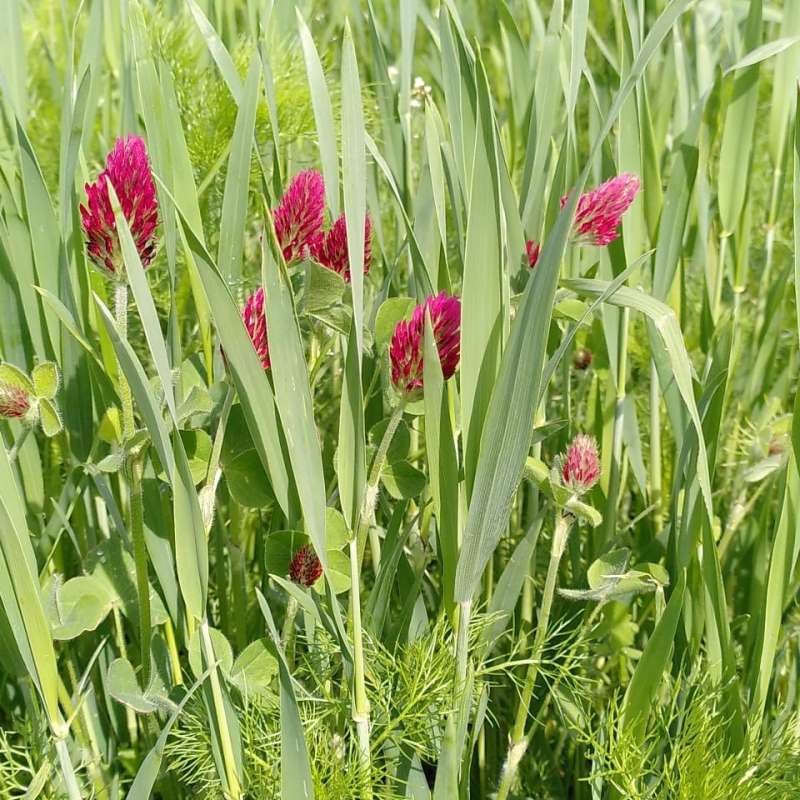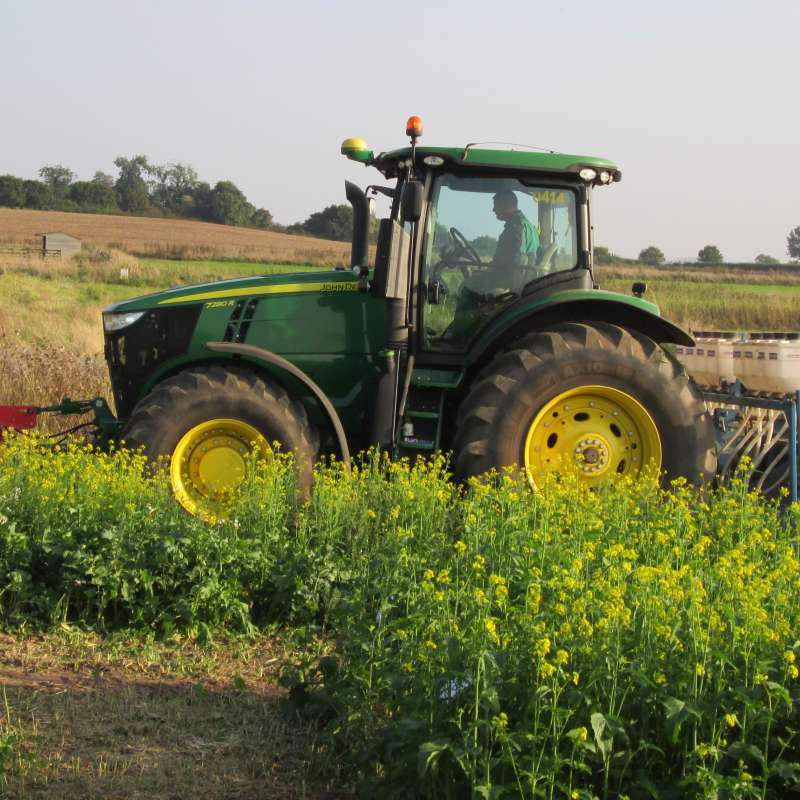Marit Almvik
Research Scientist
Attachments
CV Marit AlmvikBiography
Abstract
No abstract has been registered
Authors
Marianne Stenrød Marit Almvik Ole Martin Eklo Anne Louise Gimsing Roger Holten Kai Künnis-Beres Mats Larsbo Linas Putelis Katri Siimes Inara Turka Jaana Uusi-KämppäAbstract
-
Authors
Marit Almvik Randi Bolli Agnethe Christiansen Ole Martin Eklo Roger Holten Paulien Mulder Gunvor Senneset Marianne StenrødAbstract
No abstract has been registered
Authors
Christophe Moni Eva Farkas Claire Coutris Hanna Marika Silvennoinen Anders Aas Marit Almvik Liang Wang Kathinka Lang Xingang Liu Marianne StenrødAbstract
Biochar and pesticides are likely to be increasingly used in combination in agricultural soils, yet their combined effects on climate change mitigation remain unexplored. This study presents an 8-month incubation experiment with different soil types (silt loam and sandy loam), biochars (corncob and corn stem), and pesticides (with and without a pesticide mixture), during which CO2 production from soil organic matter (SOM) and biochar mineralisation was monitored using isotopic methods. A comprehensive modelling approach, describing all mineralisation results over the entire incubation with a reduced set of parameters, was employed to isolate the effects of biochar, pesticides, and their interactions across soil types and carbon pools, and captured the dynamic effect of biochar on SOM mineralisation. Over 99.5% of biochars remained inert after 8 months, confirming the role of biochar as a carbon sequestration technology. Biochar addition showed higher SOM stabilisation potential in soil with high clay content compared to soil with low clay content. This suggests that biochar amendment should be considered carefully in clay-depleted soils, as it could result in a loss of native SOM. Corn stem biochar, characterised by high surface area and low C/N ratio, demonstrated higher SOM stabilisation potential than corncob biochar with low surface area and high C/N ratio. Pesticide application reduced SOM mineralisation by 10% regardless of soil and biochar types. Finally, the interaction between corncob biochar and pesticides further reduced SOM mineralisation by 5%, while no interactive effect was observed with corn stem biochar. These findings highlight the importance of considering biochar-pesticide interactions when evaluating the impact of biochar amendments on native SOM stability.
Authors
Linn Fenna Groeneveld Oksana Bekkevold Trond Bergskås Martin Linkogel Cord Luellmann Marit AlmvikAbstract
No abstract has been registered
Authors
Live Lingaas Nesse Kristin Forfang Jannice Schau Slettemeås Snorre Hagen Marianne Sunde Abdelhameed Elameen Gro Skøien Johannessen Marianne Stenrød Girum Tadesse Tessema Marit Almvik Hans Geir EikenAbstract
No abstract has been registered

Division of Biotechnology and Plant Health
REKORN: Can regenerative cultivation methods contribute to reduce the risk of fungal diseases in cereals?
Regenerative agriculture is referred to as a bridge between organic and conventional agriculture and has received increased attention in recent years. Regenerative agriculture focuses on soil health and cultivation measures that can stimulate soil life and plant growth. An improvement in soil health is visualized, among other things, in increased carbon storage in the soil, limited soil compaction and increased microbiological diversity. The methods used to improve soil health within cereal cultivation may include crop rotation, reduced tillage, intercropping, use of catch crops and surface composting where plant residues are mixed into the top-soil layer.

Division of Biotechnology and Plant Health
Green crop protection: Cruciferous plants as a green alternative to chemical pesticides in cereals
Cereal plants infested with plant pathogenic fungi or nematodes may have reduced grain quality and yield. These diseases can partly be controlled by using chemical pesticides. The purpose of this project is to identify "green" methods to mitigate plant pathogenic fungi and nematodes in cereals, as an alternative to chemical pesticides.
